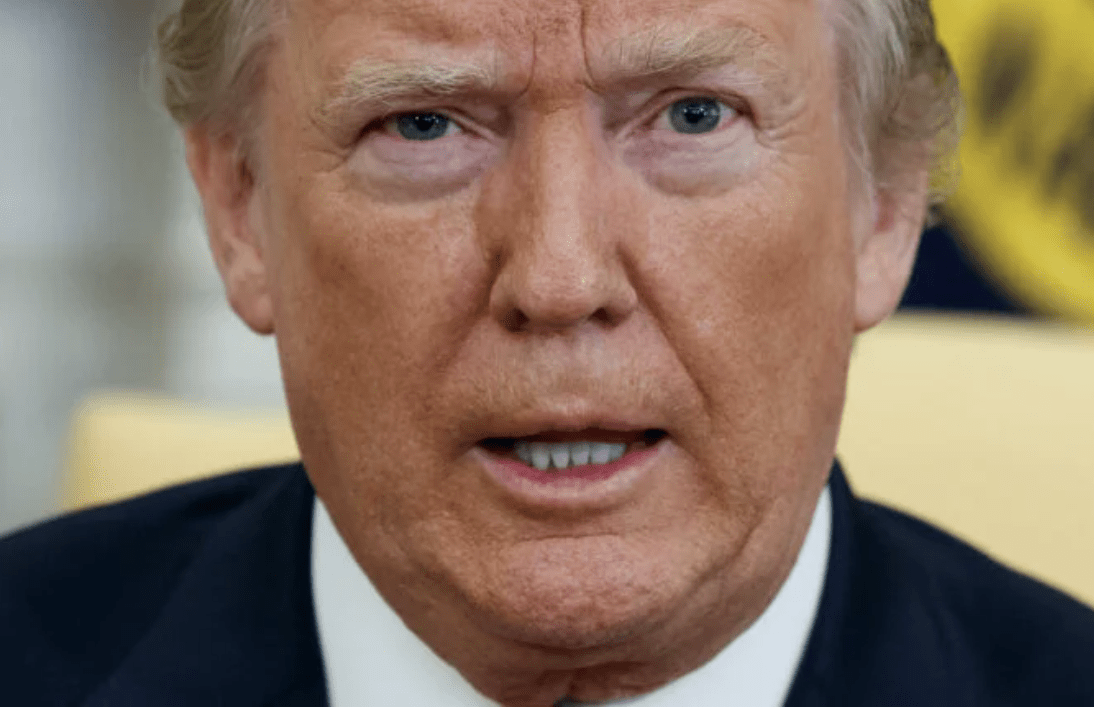BEYOND THE NOISE – On September 26, 2020, President Donald Trump, 74 years old and overweight, tested positive for COVID.
Seven days later, on October 2, he was flown to the Walter Reed National Military Medical Center for treatment.
Trump’s fever was high, he was short of breath, the level of oxygen in his bloodstream was dangerously low, and a chest X-ray confirmed that he was suffering from severe pneumonia.
Before traveling to the hospital, doctors administered the first drug, a monoclonal antibody preparation called Regeneron intravenously, beginning a 5-day course. (The FDA authorized Regeneron six weeks later.) Monoclonal antibodies prevent SARS-CoV-2 virus from attaching to cells.
After Trump arrived at Walter Reed, doctors administered a second drug, an antiviral medicine called remdesivir. (The FDA licensed remdesivir three weeks later.)
Remdesivir prevented SARS-CoV-2 virus from reproducing itself.
On October 5, 2020, three days after he had entered the hospital, Trump returned to the White House, certain that the not-yet-licensed monoclonal antibody had saved his life. But Trump was wrong.
It was a third drug he had received in the hospital that had most likely saved him.
To understand what drug had saved President Trump’s life, we need to understand the two stages of COVID.
In the first stage, the virus is dominant. In the second stage, the immune system takes over. Each stage requires different treatments.
Stage #1: The Viral Stage
SARS-CoV-2 virus enters the body in tiny droplets spread from the nose and mouth by someone who is infected. The virus then attaches to and enters cells that line the nose, throat, windpipe, breathing tubes (bronchi), and, in the most severe cases, lungs.
After the virus enters cells, it begins to reproduce itself. Whereas one virus particle might enter a cell, about 100 leave the cell before killing it. Hundreds of viruses become thousands of viruses that become millions of viruses.
Because viral reproduction dominates the first stage, the best way to treat people in the first few days of illness is to give therapies directed against the virus, such as remdesivir or monoclonal antibodies.
Stage #2: The Immune Stage
When President Trump entered the hospital, he was already in the second stage of his illness, when virus reproduction was less important. Ironically, our immune system works for us early and can work against us later …



